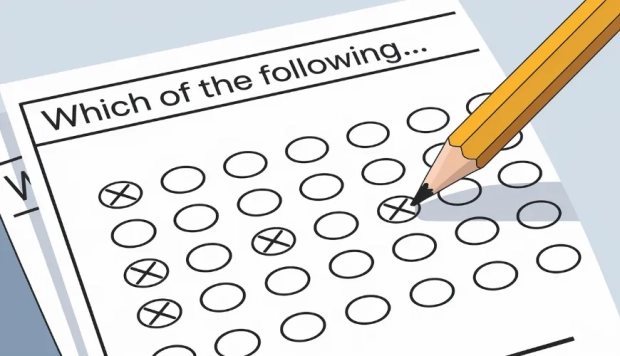What does SPAM stand for?

What is SPAM?
Spam is unsolicited and unwanted emails sent to a large number of recipients without their consent. These messages are usually sent by spammers who use various techniques to collect email addresses, such as harvesting them from websites or buying lists from other spammers. Spam can be a major annoyance to email users and can also pose a threat to their privacy and security.
Does SPAM Stand For Something?
SPAM, in the context of email, doesn't stand for anything specific but has an interesting origin related to its name. The term "spam" in email refers to unsolicited and often irrelevant or inappropriate messages sent over the Internet to a large number of recipients.
The word "spam" was first popularized in the context of unwanted email in the early 1990s, and its origin traces back to a Monty Python sketch from 1970. In this sketch, a group of Vikings in a café sing a repetitive song about "Spam," a canned meat product, to the point where it drowns out all other conversation.
This concept of relentless repetition and annoyance resonated with the early Internet community, leading them to use "spam" to describe the flood of unsolicited messages that began to plague email users. Over time, "spam" became synonymous with any kind of electronic junk mail, including not just email but also other forms of messaging.
Despite its common usage, "spam" in the context of email is not an acronym and does not stand for any specific phrase; rather, it is a term that has evolved to represent the broader phenomenon of unsolicited digital communication.
The widespread recognition of spam has led to various efforts to combat it, including spam filters and legislation like the CAN-SPAM Act, designed to protect users from the inundation of unwanted emails.
Acronym for SPAM
An acronym, but rather a "backronym" (a constructed acronym formed from an existing word) has been created for it: "Stupid Pointless Annoying Messages." This backronym humorously reflects the nature of spam emails, which are often irrelevant and irritating to the recipients. It's important to note that this backronym is not an official or historical origin of the term but rather a playful interpretation used to describe the characteristics of spam emails.
Types of Spam
There are several types of spam, including:
-
Advertising spam: These are unsolicited emails that promote a product or service. They are often sent by businesses looking to increase sales or by scammers looking to trick users into giving away their personal information.
-
Phishing spam: These are emails that appear to come from a legitimate source, such as a bank or online retailer, but are actually designed to trick the recipient into giving away their personal information or login credentials.
-
Malware spam: These are emails that contain malware, such as viruses or spyware, which can infect the recipient's computer and steal sensitive information.
-
Scam spam: These are emails that attempt to trick the recipient into sending money or personal information to the sender, often by claiming to be a relative in distress or a government official offering a large sum of money.
How to Avoid Spam
There are several steps that email users can take to avoid spam:
-
Use a spam filter: Most email providers offer spam filters that can automatically detect and block unwanted messages. Users should make sure that their spam filter is turned on and set to the appropriate level of sensitivity.
-
Don't open suspicious emails: Users should be wary of emails that come from unknown senders or that contain suspicious subject lines or attachments. They should also avoid clicking on links in these messages.
-
Don't give out personal information: Users should never give out their personal information, such as their login credentials or credit card numbers, to unknown senders or in response to unsolicited emails.
-
Be careful with email subscriptions: Users should only subscribe to email lists from trusted sources and should always read the fine print before signing up.
Spam is a major problem for email users and can be a threat to their privacy and security. While there are steps that users can take to avoid spam, such as using a spam filter and being cautious with email subscriptions, it is ultimately up to businesses and email marketers to ensure that their messages are not considered spam. By obtaining consent from recipients, providing valuable and relevant content, and respecting unsubscribe requests, businesses can build trust with their subscribers and avoid being labeled as spammers.



